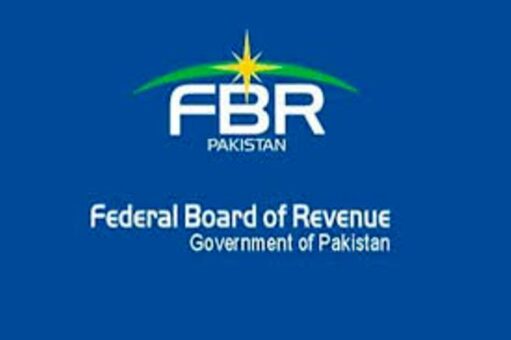The Federal Board of Revenue (FBR) has recently implemented a comprehensive update to the special procedure governing the computation of capital gain tax and the collection of tax.
This move, outlined in the Income Tax Rules, 2002, as updated up to September 08, 2020, aims to streamline the taxation process, provide clarity, and ensure compliance with the evolving economic landscape.
The updated special procedure, detailed under Rule 13N of the Income Tax Rules, introduces several key provisions that impact how capital gains are computed, taxes are collected, and records are maintained. Here are some highlights of the updated rules:
1. Role of National Clearing Company of Pakistan Limited (NCCPL):
• NCCPL will now play a pivotal role in collecting tax on capital gains in accordance with the Eighth Schedule to the Income Tax Ordinance.
2. Applicability to Different Entities:
• The procedures outlined apply to capital gains derived from listed securities on or after April 24, 2012, with certain exceptions for redeemable capital instruments and Foreign Institutional Investors.
3. Computation of Capital Gains:
• NCCPL will take into account transactions and their values reported by stock exchanges, Central Depository Company of Pakistan Limited (CDC), and other relevant entities for capital gain computations.
4. FIFO Inventory Accounting Method:
• Capital gain or loss arising from the disposal of listed securities will be computed on the basis of the First In First Out (FIFO) inventory accounting method, with market-based transactions taking precedence.
5. Tax Rates and Filings:
• The applicable tax rates for capital gains will be determined based on whether the investor is a filer or non-filer at the time of the transaction.
6. Offsetting Capital Losses:
• Capital losses in a financial year can be set off against capital gains within the same financial year but cannot be carried forward to subsequent years.
7. Deductions and Additions:
• NCCPL will deduct or add 0.5 percent for client’s trade and 0.25 percent for broker’s proprietary trade from the consideration received or cost of acquisition of securities, in lieu of brokerage, commission, and similar expenses.
8. Quarterly Reporting and Certification:
• NCCPL will issue certificates verifying capital gains and tax within thirty days from the end of the financial year and submit quarterly statements of collected amounts to the FBR.
9. Opting Out of the Tax Scheme:
• Investors who choose to opt out of the tax scheme must file an undertaking with NCCPL, and the Commissioner’s prior approval is required.
10. Clearance Certificate Requirement:
• The brokerage account, unit holder account, or PMEX member account will not be closed until a clearance certificate is obtained from NCCPL.
These updated procedures underscore the FBR’s commitment to enhancing transparency, efficiency, and compliance in the computation and collection of capital gains tax. By leveraging NCCPL’s role and implementing standardized accounting methods, the FBR aims to create a more robust and accountable taxation system that aligns with the dynamic needs of the financial market. Investors and stakeholders are encouraged to familiarize themselves with these changes to ensure seamless adherence to the revised regulations.
